
In 1984, Indiana Jones and the Temple of Doom landed in theaters with a thud of outrage. Steven Spielberg’s much-anticipated prequel featured startling violence and gore that blindsided parents and children expecting another swashbuckling adventure like Raiders of the Lost Ark.
The intense sequences of ritual sacrifice and heart-ripping led to widespread backlash from families, ultimately forcing Hollywood to create a new middle rating called PG-13.
While initially met with resistance, this controversial Indiana Jones entry left a lasting mark by necessitating a rating that gave filmmakers more creative freedom and set box office records for decades to come.
A Gap in the Ratings System
Before delving into the Temple of Doom’s influence, it’s essential to understand the context. The Motion Picture Association of America (MPAA) had a rating system in place since 1968, consisting of G, M, R, and X. These ratings aimed to guide parents on the appropriateness of films for their children.
However, by the early ’80s, a growing number of filmmakers, including Steven Spielberg, felt there was a vast chasm between the PG and R ratings.
Many films didn’t fit neatly into either category, leading to confusion and controversy among audiences.
Indiana Jones and the Temple of Doom

Enter “Indiana Jones and the Temple of Doom.” The film, while a sequel to the widely acclaimed “Raiders of the Lost Ark,” took a decidedly darker tone. Scenes of human sacrifice, gross-out cuisine, and a villain ripping out the still-beating heart of a sacrificial victim were juxtaposed against the film’s PG rating.
Parents, expecting a family-friendly adventure akin to the first Indiana Jones installment, were shocked. The film’s content sparked debates about its suitability for younger viewers.
Critics and audiences alike questioned the appropriateness of the PG rating. Reviews from the era highlighted the film’s intense scenes, with some critics suggesting that the movie bordered on “a cinematic form of child abuse.”
The uproar was clear: the existing rating system was inadequate.
Spielberg’s Solution
Recognizing the gap and the controversy his film had stirred, Steven Spielberg, the film’s director, proposed a solution.
He approached Jack Valenti, then the president of the Motion Picture Association, suggesting a new rating that would bridge the gap between PG and R.
Spielberg’s idea was to create a rating that would signal to parents that a film might be too intense for younger viewers but not as extreme as an R-rated movie.
After deliberations, the MPAA introduced the PG-13 rating. This new classification indicated that some material might be inappropriate for children under 13.
The first film to receive this rating was “Red Dawn,” released later in 1984.
The Legacy of PG-13
The introduction of the PG-13 rating had a profound impact on the film industry. Filmmakers now had more flexibility, allowing them to explore mature themes without alienating younger audiences.
The new rating also proved profitable, with PG-13 films often outperforming their R-rated counterparts at the box office.
Over the years, the PG-13 rating has become a staple of the industry. Blockbusters from “The Dark Knight” to “The Avengers” have successfully utilized this rating, ensuring broad appeal while tackling mature themes.
While “Indiana Jones and the Temple of Doom” is remembered for its thrilling action and iconic characters, its most lasting impact might be off-screen.
By highlighting the inadequacies of the MPAA’s rating system, the film paved the way for the introduction of the PG-13 rating, forever changing the cinematic landscape.
In doing so, it ensured that filmmakers could push boundaries while ensuring audiences had a clear understanding of a film’s content.

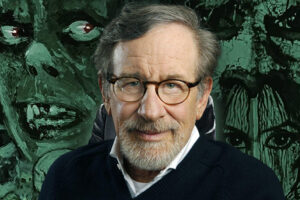
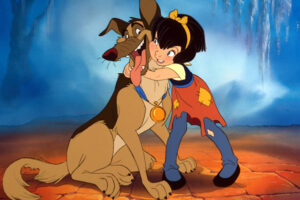
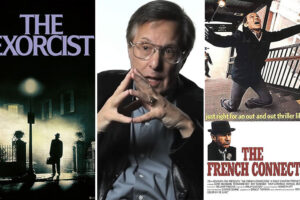
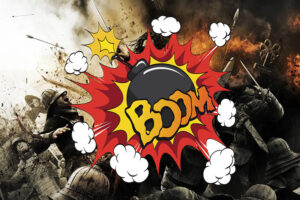



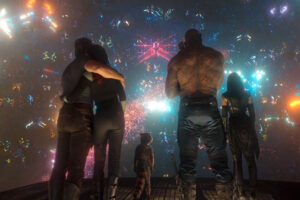

Leave a Reply